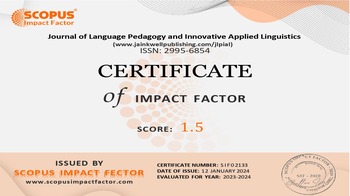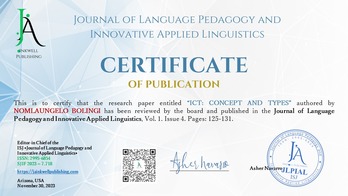Effectiveness of Gamification in English Language Classrooms: A Study of 10th Grade Students in Rural Punjab
DOI:
https://doi.org/10.1997/y070ye62Keywords:
Kahoot!, English Language Learning, Educational Technology, Instructional Innovation, gamificationAbstract
This study explores how the application of gamification (Kahoot!) improves the English language learning outcomes as well as the level of student engagement of grade 10 students residing in the rural areas of Punjab, Pakistan. The research used a quasi-experimental mixed method design involving four public secondary schools where 200 students were drawn and grouped into experimental and control. The control group had to follow the traditional instruction, whereas the experimental group had to follow instruction complemented with game-based learning activities. The quantitative data obtained from pre-tests and post-tests revealed the statistically significant gains in the experimental group with a large effect size proving to the pedagogical value of using gamification. Further, qualitatively, classroom observations and student survey indicated higher participation, motivation and interest among the students. This is followed by the conclusion that gamification, if delivered with adequate support and training, presents a viable and economically feasible method to enhance English language instruction in situations of under resourceful educational settings.
Downloads
Downloads
Published
Issue
Section
License
Copyright (c) 2025 Abdul Farooq Khan (Author)

This work is licensed under a Creative Commons Attribution 4.0 International License.












